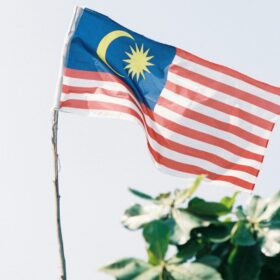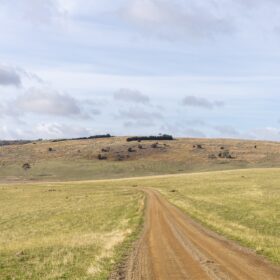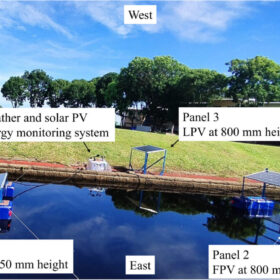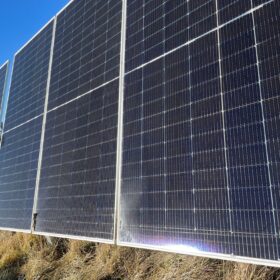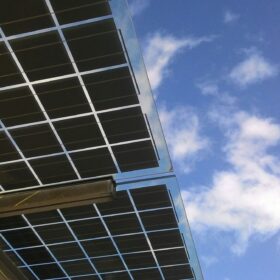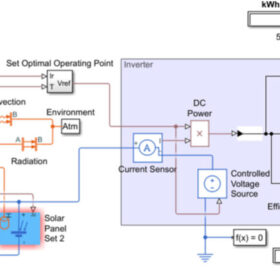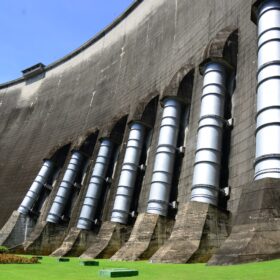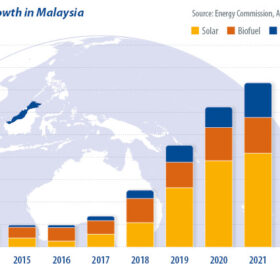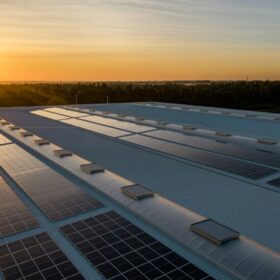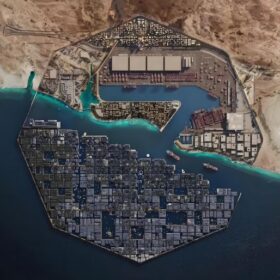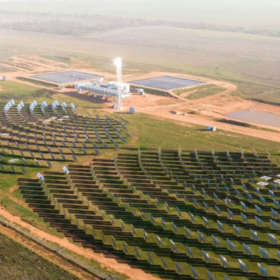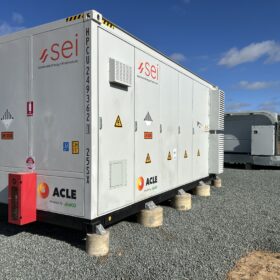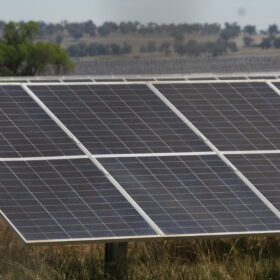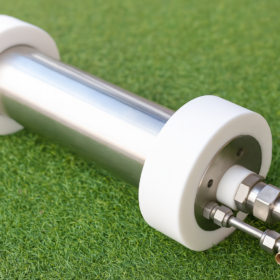Malaysian utility unveils hydro-floating solar, hydrogen hubs
Tenaga Nasional Berhad says the newly-announced hybrid hydro floating solar hub and green hydrogen hub will position Malaysia as a regional leader in the green hydrogen value chain.
Malaysian giant teams with Tasmanian landowners on 1.2 GW portfolio
Malaysian infrastructure giant Gamuda is taking the next step in its Australian growth plans, partnering with landowners in central Tasmania to co-develop a 1.2 GW portfolio of large-scale renewable energy generation and storage projects.
Malaysia introduces rooftop solar aggregation scheme
Malaysia’s first rooftop aggregation initiative for solar systems is now live. The program allows homeowners to lease or rent their rooftop for solar generation, with the electricity produced sold to commercial and domestic customers within a 5 km radius.
Testing reveals height benefits of floating PV
Scientists have tested the performance of floating PV panels at a height of 800 mm and 250 mm above their floating structures. Their thermal and electrical performance was compared to that of a reference land-based system and the highest panel was found to show the greatest cooling effect.
Acen plans investment in 80 MW Malaysian solar package
Philippines-based energy company Acen Corporation is preparing to sign off on a $20 million investment in multiple solar PV projects with a combined capacity of about 80 MW in Malaysia as part of its joint venture with a unit of German solar developer ib vogt.
Malaysia opens bidding for 2 GW of large-scale solar
Malaysia’s Energy Commission has launched an open tender seeking 2 GW of large-scale solar projects with capacities ranging from 10 MW to 500 MW to support the nation’s clean energy transition.
New model to identify optimal power sizing ratio for solar inverters
Researchers in Malaysia have proposed a new approach to identify the optimal power sizing ratio to balance PV energy capture with inverter costs. The calibrated model is said to accurately reflect the relationship between inverter efficiency and real-world system behavior.
Southeast Asia bets big on pumped hydro with 18 GW tipped by 2033
The increasing role of pumped hydro technology in Australia’s renewable energy transition is expected to be mirrored in the neighbouring Southeast Asia region with international consultancy Rystad Energy tipping the total capacity of operational projects will surge from the current 2.3 GW to 18 GW by 2033.
Weekend read: Southeast Asian solar’s bright future
Ibrahim Ariffin and JP Grayda, from Afry Management Consulting, examine two promising ASEAN markets, the Philippines and Malaysia, and the challenges they face as they strive to hit renewable energy targets. The long-term outlook is broadly positive, despite some uncertainties.
Malaysia launches 2 GW solar tender
The Malaysian government has kicked off a 2 GW solar tender featuring four packages of rooftop, ground-mount, and floating solar, with permitted generation capacities ranging from 1 MW to 500 MW.
